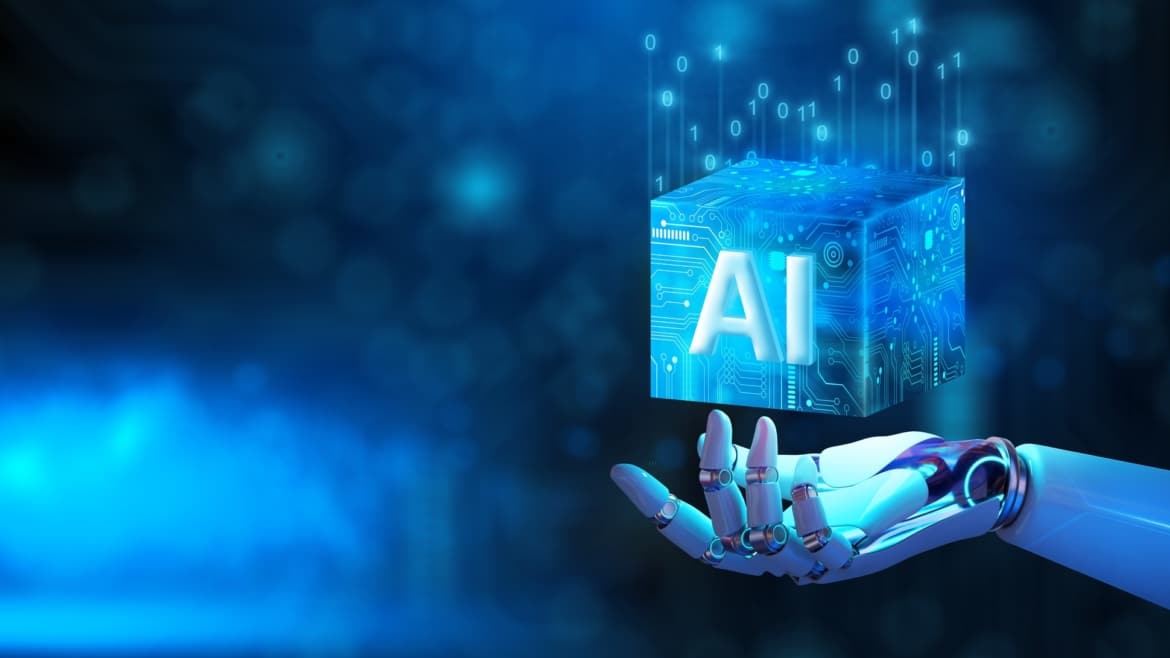The progress of research as regards autism spectrum disorder and recognition of ASD diagnostic biomarkers is being facilitated by a team of professors from the University of South Carolina.
Jessica Bradshaw and Caitlin Hudac, both members of the Department of Psychology, are working together with Christian O’Reilly, an esteemed faculty member in computer science and engineering, to analyze extensive datasets of heart rhythms and brain wave activity using AI and machine learning techniques.
AI and Autism machine learning in this study
AI and Director Hudac explains that the only way we can make use of all this information is by putting them together & analyzing them, which, of course, further emphasizes the crucial role of AI and machine learning in this study.
The objective is to acquire a comprehensive understanding of the brain substrates and their response patterns, as well as the growth trajectories in relevant domains that are linked with autism.
Hudac also adds that early detection – soon after birth – and not the typical age range of 3-4 years or above, by means of behavioral markers would be a significant achievement in allowing early therapeutic interventions.
The benefit of the research
This research could also pave the way for more accurate and specific diagnoses. Faculty affiliate of the university’s Artificial Intelligence Institute, O’Reilly, suggests that it could be beneficial to divide the broad spectrum of Autism Spectrum Disorder into subgroups, each with its unique underlying reasons. “What if we could subdivide the umbrella into smaller groups and assign specific therapeutic approaches that would be most effective for each subgroup?” O’Reilly poses.
Also, he is keen on finding ways to better comprehend the physiological processes associated with ASD by utilizing data from ECGs (heart rate), EEGs (brain activity), and other behavioral and physiological information gathered from studies conducted by Bradshaw, Hudac, and other research teams at USC.
Autism heart rate and visual attention data
According to Bradshaw, their research is backed by a generous grant from the NIH and aims to apply machine learning techniques to analyze how heart rate and visual attention data can be used together to predict autism. This approach involves modeling the complex dynamics of autism, including its autonomic, attentional, and behavioral components.
Bradshaw’s team is currently gathering information from two hundred infants residing in South Carolina and other locations who have siblings who were previously diagnosed with ASD.
Among these infants, some possess risk factors, such as being born prematurely, while others have a low possibility of developing ASD with no known risk factors present. This five-year process will examine young babies until they reach three years of age, at which point they will undergo a comprehensive evaluation to determine if they have autism.
Quality Autism Treatment
It is crucial to note that there are also organizations like Nevada Autism Treatment Centers that have been doing incredible work in providing informative resources, support and therapy for individuals with autism spectrum disorder.
With the ongoing research at the University of South Carolina and other institutions, it is hopeful that quick diagnosis and early intervention through personalized therapeutic approaches will become more accessible, ultimately improving the lives of those with autism and their families.




